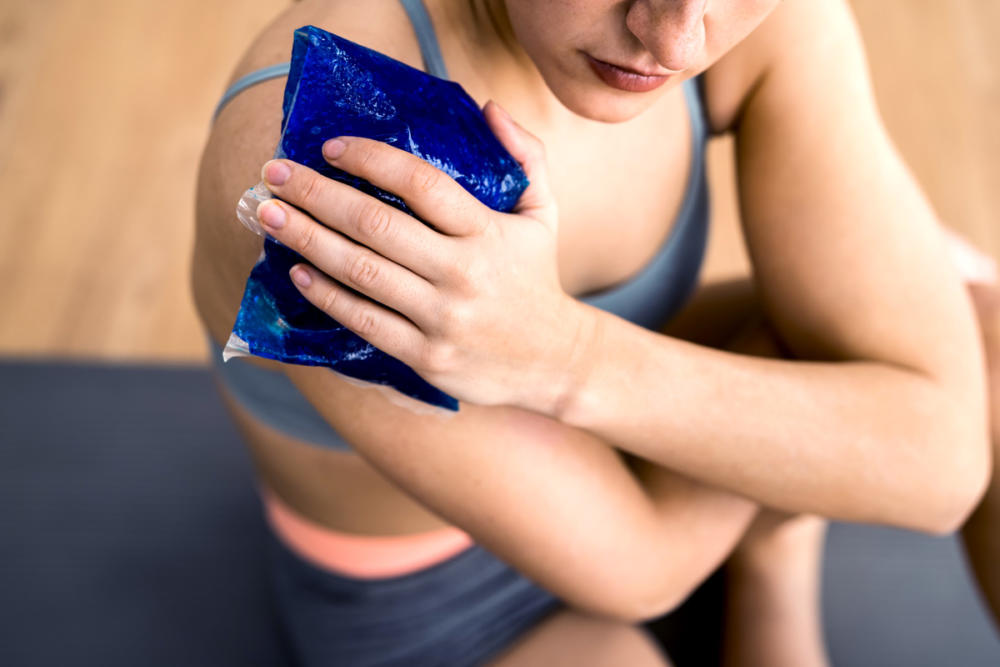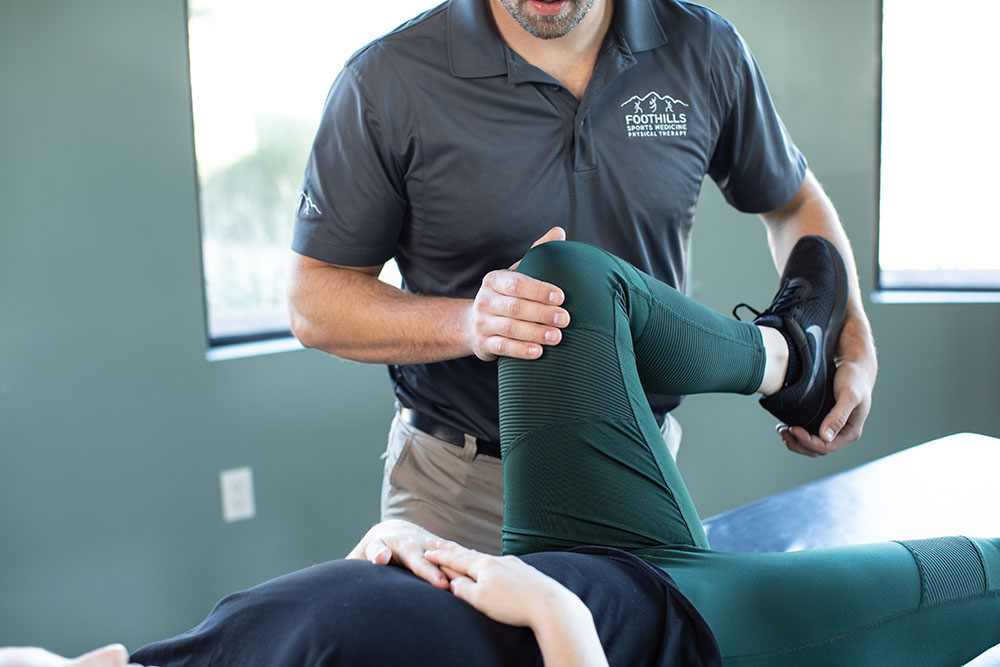by Ethan Anderson PT, DPT, ATC | Peoria
Injuries happen whether you’re a professional athlete or a senior trying to slow down and relax. When they do, swelling is almost always sure to follow. In most cases, swelling clears up after a few days, but what happens when it doesn’t? How long should swelling last after an injury before you become concerned or alert your doctor?
After you suffer an injury, swelling usually worsens over the first two to four days. It can then last as long as three months as the body attempts to heal itself. If the swelling lasts longer than this, your physical therapist or doctor may need to take a closer look to determine the cause of the delayed healing.
What causes swelling after an injury?
While most people become alarmed when the body shows signs of swelling, it’s important to remember that this is a natural part of the healing process. When swelling occurs, the body requests reinforcements to speed up recovery. Without swelling, the body would have difficulty determining what areas need repairing and the extent to which they do.
Even so, swelling can become excessive, last for too long, or lead to other complications. Your physical therapist can help you determine what symptoms and severity are just normal parts of the process and when to be concerned.
When should someone seek medical attention?
Not all injuries require medical attention, but athletes and seniors may require it more than others. Athletes need injuries addressed immediately to return to practice as soon as possible. Seniors may require immediate attention because the body becomes less resilient as it ages.
Regardless of age or hobbies, if the injured area becomes painful, warm to the touch, or red, this could be a sign of an infection. It could also be a symptom of deep vein thrombosis. Therefore, it is crucial to your health that you contact your physical therapist or primary care physician if you notice any of these signs.
What can patients do to reduce swelling?
Most people immediately turn to ice to numb the pain and reduce swelling after an injury, but does it work? Ethan Anderson says yes. “Perhaps more effective than ice is elevating the injured body part to allow gravity to pull some of the fluid away from the area,” he adds.
Here are some additional tips to reduce swelling:
- As noted by Casley-Smith in 1997, moving the joints above and below the injury site can help improve lymphatic drainage.
- Use short stretch compression garments to reduce tissue edema and swelling.
- Apply heat after the first few days to improve the lymphatic system’s mobility and swelling.
- Try to avoid putting weight or pressure on the affected area.
Are there any precautions injured persons should take at home?
When applying ice, avoid leaving it in one spot or falling asleep in the affected area. The length of time that you should go on the ice varies depending on the body part and the person. An acronym to describe the “phases” of applying ice to an injured area is CBAN. It stands for cold, burns, aches, and numbness. First, the site will feel cold, then it will start to burn a little bit, then it will get achy, and finally, it will go numb. Then, once you get the numb feeling, it is time to remove the ice, regardless of the length of time it has been on your body.
There are some over-the-counter medications injured persons can use to reduce pain and swelling, but it might be wise to speak to a doctor first. For example, pain medications are discouraged for some injuries within the first 24 hours of injury because they can increase the risk of bleeding. Pain medications can also negatively impact people with existing health conditions, such as the following:
- Liver disease
- Heart disease
- Kidney disease
- Stomach ulcers
- High blood pressure
How can a physical therapist help reduce swelling?
Chances are that waiting six months for swelling to go away is not your preferred method of handling an injury. However, working with a physical therapist can help your body heal faster and reduce the risk of complications while recovering.
A physical therapist can perform a technique known as Manual Lymphatic Drainage and other skilled manual therapy techniques. “A 1999 study by Casas and DePoli showed that these techniques can shorten the time to resolve post-surgical edema and tissue fibrosis to 6 weeks to 3 months, down from 9 to 18 months.
At Foothills Sports Medicine Physical Therapy, we help our patients fully recover and get their lives back on track. Our physical therapists have served Phoenix and the surrounding communities for over 24 years and look forward to serving you. Request an appointment today.
Foothills Sports Medicine Physical Therapist Ethan Anderson PT, DPT, ATC, CAFS, is from our Peoria clinic.
Ethan joined the Foothills family in 2016 after completing his Doctor of Physical Therapy degree at the University of Montana, Missoula. Ethan is a dedicated father, husband, and Physical therapist who strives to help all of his patients and clients, both young and old, reach and exceed their rehabilitation and fitness goals.
A former NCAA D–I All-Conference Track and Field Athlete and retired Firefighter, Ethan brings an immense drive for success and service to all he does, both in the clinic and in the community, where he volunteers his time to his church and serves as Team Physical Therapist for multiple local high schools. His background as a college athlete and a Certified Athletic Trainer allows him to connect with his patients and clients on an intimate level regarding their injuries physically, mentally, and emotionally.
Ethan’s other passions include being a handyman around the house, anything that is “Built Ford Tough,” motorcycles, hunting, and fishing. Ethan is thrilled to lead Foothills Sports Medicine Physical Therapy – Agua Fria and continue his service in the West Valley.







